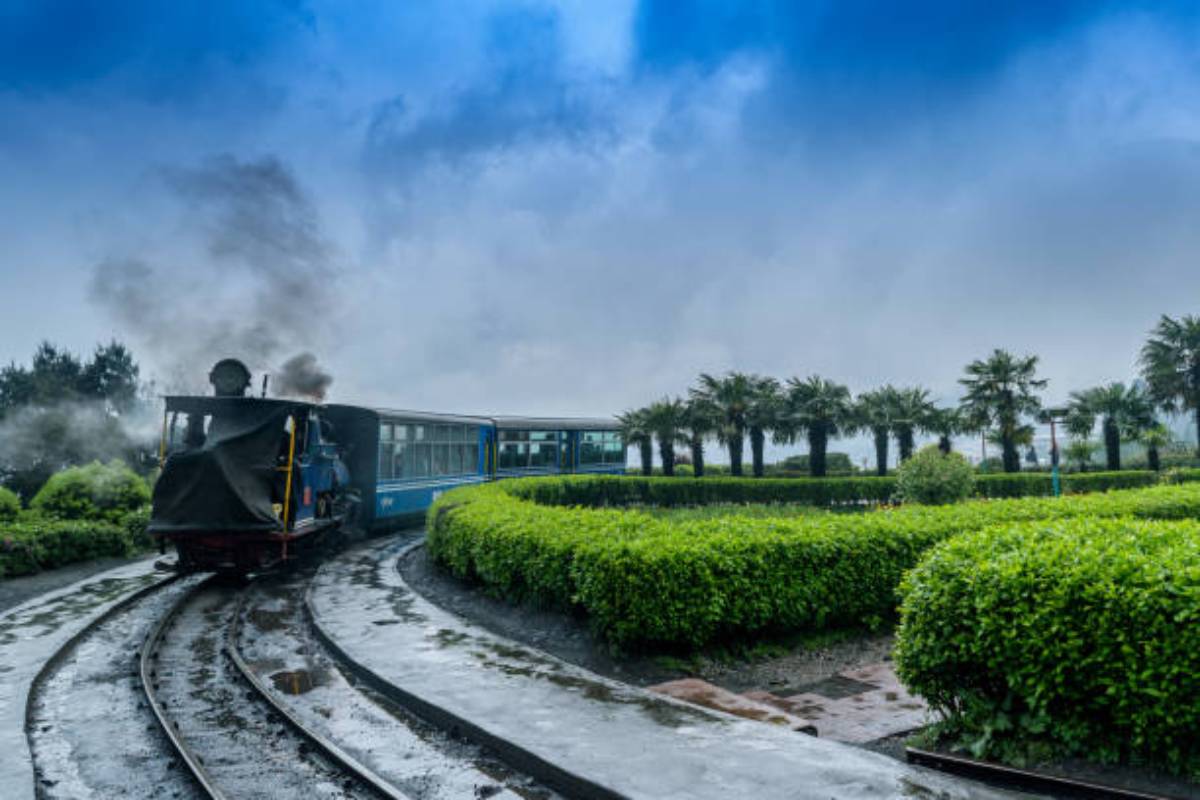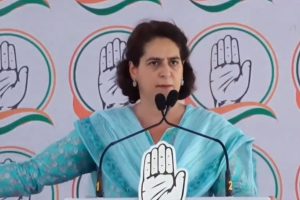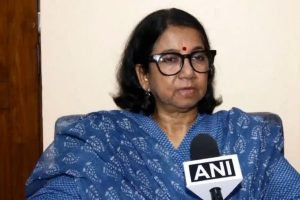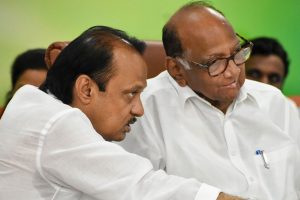I salute the authorities of The Statesman for the imagination, innovativeness, planning and courage which they had demonstrated while diversifying its publications across regions by harnessing the advantages offered by ICT. The first Internet Edition was published in a printing press at Siliguri on 18 June 1998. The Newspaper could be made available to the readers in early morning in consonance with the aspirations of a discerning and standard lifestyle. As we look back and in hindsite, it was indeed a milestone. It was a remarkable and memorable development in as much as people in this region were compelled to read one – day old Newspapers which were published in Kolkata ( Calcutta was the name at the time ) till then and transported by Train or Bus. While it is a fact that a Bengali daily started at Siliguri a few years earlier, its readership was confined within the lower rung of local population because the news coverage did not extend beyond the seven Districts of North Bengal. Publication of an internet edition of The Statesman , not as e-paper but as hard copy, exactly replicating the Kolkata edition, with news coverage at par was an amazing incident at that time because internet and broadband services were very poor in this region. The Newspaper could be distributed everywhere in the towns of North Bengal by 8 am. Since then, It has consistently been regarded as the newspaper to read for serious news reportage, fearless reporting without any bias, incisive analytical articles and usage of standard English language.
We know that The Statesman is an Indian English-language broadsheet daily newspaper founded in 1875. At present, internet editions are published simultaneously in Kolkata, New Delhi, Siliguri and Bhubaneswar. It incorporates and is directly descended from The Friend of India, founded in 1818. It is owned by The Statesman Ltd and headquartered at Statesman House, Chowringhee Square, Kolkata, with its national editorial office at Statesman House, Connaught Place, New Delhi. It is a member of the Asia News Network.
The History of this Newspaper is illustrious as well as enviable. The Statesman is a direct descendant of two newspapers, the Bombay (now Mumbai) based Indian Statesman and The Friend of India published in Calcutta (now Kolkata). Indian Statesman was started by Robert Knight, who was previously the principal founder and editor of The Times of India. Knight merged the two papers to The Statesman and New Friend of India on 15 January 1875. The paper later adopted the current name. It absorbed its erstwhile rival The Englishman in 1927. The Statesman was managed by a British corporate group until it transferred ownership to a consortium of companies with N A Palkhivala as Chairman in the mid-1960s. The first editor assigned under this new ownership was Pran Chopra.
The Editorial style of The Statesman is also iconic. It is characterized by its terse reporting style. It holds a factual position without any bias as far as reports are concerned and that has always been its ISP. It opposed the shifting of India’s capital from Calcutta to New Delhi in 1911, stating that the British have gone to the city of graveyards to be buried there”. It also strenuously opposed Indira Gandhi’s Emergency in 197577. Under the editor Ian Stephens (who was editor from 1942 to 1951), the newspaper published highly disturbing images, on 22 and 29 August 1943, of the effects of the Bengal famine of 1943, despite the British colonial government’s attempts at censorship. The images played a major role in changing world opinion on imperialism. Role of this Newspaper in our freedom struggle is also illustrious. All these attributes make it a Heritage Newspaper.
The Statesman Award for Rural Reporting is presented to outstanding journalists every year, irrespective of affiliation, to further the social uplifting of indigents from India. The awards are presented on 16 September every year, the death anniversary of Justice Sudhi Ranjan Das, former Chief Justice of India’s Supreme Court and chairman of The Statesman during the tumultuous Emergency years.
The Statesman carries a Thursday feature supplement called “Section 2 which is published from New Delhi. The four-page supplement provides in-depth analysis on art, dance, literature, drama, fashion, lifestyle and entertainment. In Kolkata, the supplement “Voices” focuses on schools and schoolchildren. It started in 1995, providing the opportunity for school children to showcase their writing skills with research articles, poems and short news clips. Among other activities every year, “Voices” hosts a 2- day long festival called “Vibes” in Calcutta, which showcases inter-school competitions in different fields, as well as shows by musicians and bands. The Sunday supplement, “8th Day”, is the major literary section of the paper, consisting of reader-contributed short stories and poems while the other Sunday supplement, “Evolve”, mainly deals with the cultural scene in India. “Marquee”, published every Saturday, covers the film and entertainment scene.
In the years to follow, the Bengal version of this newspaper, Dainik Statesman, started its publication from Siliguri. The supplement of Dainik Statesman – every Saturday publishes Binodan where the news of art, culture, music, entertainment, food, fashion, lifestyle related articles are available. Every Sunday it publishes Bichitra where the Sunday special articles, short stories, travel, children special issues are available.
Since its publication at Siliguri, the management of this heritage newspaper stressed on periodic interactions with the avowed readers, civil society and local intelligentsia. It organised Sharad Samman in each year during Durga Puja which is the greatest festival of Bengal by involving local educationists, social activists and cultural personalities. Awards were distributed to every participating Puja organizers to acknowledge their artistic performances and to encourage them for even better feats.
Publication of the Statesman has also given rare opportunity to local and regional educationists, researchers and others to contribute Articles in post-editorial and other pages. This type of access was unthinkable in the light of dominance of those in Kolkata and Metro cities. Talent of North Bengal was thus showcased and this policy created a strong chord of love, cooperation and support among the educated and opinion makers.
As Registrar of the University of North Bengal, I remember how much we benefitted in our academic and administrative governance, social outreach, interactive support of our stakeholders and highlighting our good work through this newspaper. It also enabled us to obtain feedback about our faultlines, thus enabling a sort of social audit. We made is a firm policy to advertise the vacancies in all cadres in this newspaper as it facilitated very wide circulation among prospective candidates.
The Siliguri edition of The Statesman will be eternally remembered as the pioneer of ICT enabled internet editions of daily newspapers. If at some point in the coming decades, a history of how internet has progressed society at large is authored by a learned researcher, this landmark incident of Siliguri edition will surely find a place of honour in this substantive work.











